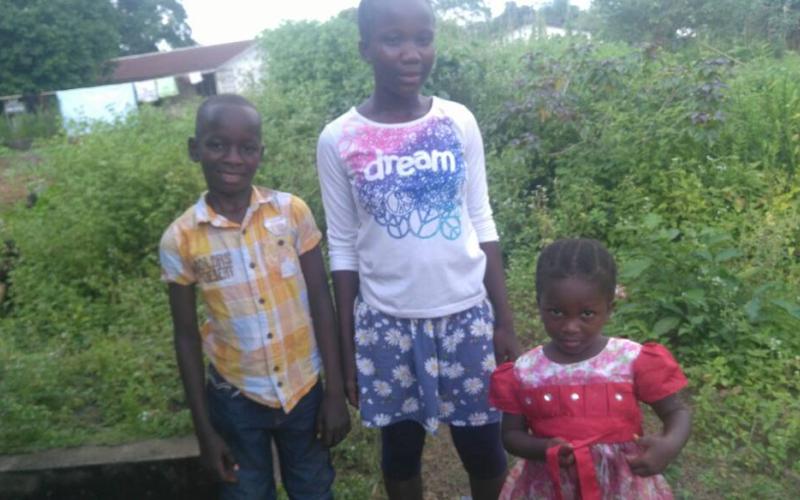
For decades, countries in Africa have been marked with the issue of child trafficking. In the past few years, this problem has been increasing. In a 2014 Global Report by the UN, child trafficking has increased by 5 percent from 2007-2010 [1]. Governments in Rwanda, South Africa, and Ethiopia have all reported a discernible rise in child trafficking cases [2][4][5].
Most child trafficking victims come from poor neighborhoods and have little to no education. Kidnapped or lured by the prospects of a job, these children are forced to work as domestic laborers, sex slaves, and miners. Their captors subject them to a violent environment, and they do not provide sufficient amounts of food and water.
Governments are now taking action to combat the trafficking of people. Paul Kagame, Rwanda’s president, has declared plans to expand police forces, raise awareness of the problem, and impose stringent penalties on child traffickers [4]. South Africa has enacted the Prevention and Combating of Trafficking in Persons Act (PACOTIP) to aid victims and impose punishments for trafficking [3]. Such measures have allowed hundreds of children to be liberated from forced labor and led to the imprisonment their captors.
Despite positive developments to end human trafficking, the problem is nowhere near over. Millions of children in Africa are still trapped in this modern-day slave trade. Besides laws and legal forces working to stop the situation, advancements made in education can help prevent children from being deceived into coerced labor. Education will paint a picture of a brighter future and engage children’s minds, making the alternative of work at such a young age undesirable.
Here at Develop Africa, we are always providing means for children to pursue a better education through provisions of books, supplies, and scholarships. With aid from contributors and donations, we can continue to foster growth and combat trafficking in Africa.
By Shan Shan Huang
References
[1] United Nations Office on Drugs and Crime. (2014, November 24). Trafficking in children on the increase, according to latest UNODC report. Retrieved from www.unodc.org/unodc/en/frontpage/2014/November/trafficking-in-children-on-the-increase--according-to-latest-unodc-report.html
[2] Reuters. (2016, December 2). Human trafficking on the rise in Ethiopia. Retrieved Mar. 16, 2017 from www.africanindy.com/news/human-trafficking-on-the-rise-in-ethiopia-7063081
[3] U.S. Department of State. (2016). South Africa. Retrieved from www.state.gov/j/tip/rls/tiprpt/countries/2016/258860.htm
[4] Sandner, P. (Aug. 18, 2014). Rwanda steps up the fight against human trafficking. DW.COM. Retrieved from www.dw.com/en/rwanda-steps-up-the-fight-against-human-trafficking/a-17884499
[5] Mortlock, M. (Nov. 19, 2016). Human trafficking on the rise in South Africa. Eyewitness News. Retrieved from ewn.co.za/2016/07/14/Human-trafficking-on-the-rise-in-South-Africa
Images: Trafficking in Persons Report - June 2009 - U.S. Department of State

